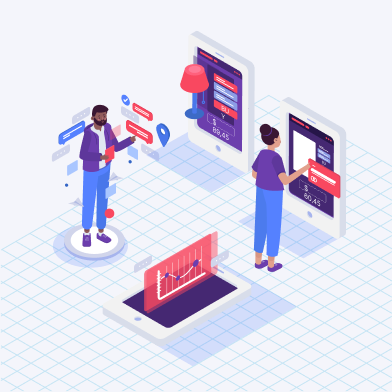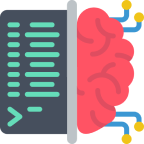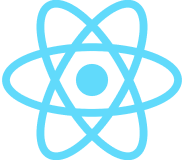Transforming Healthcare with Modern Diabetes Prediction

Introduction
In a time when technology fuels progress, the Diabetes Prediction Project serves as proof of using data-driven solutions to improve healthcare. This case study details the path of creating an advanced diabetes prediction system, addressing challenges, and developing a user-friendly platform that brings hope to millions.
Client Approach and Needs
Our story began when a forward-thinking client, came to us with an important request. They wanted to create a solution that predicts diabetes. Their goal was to give people the information they need to make smart choices about their health.

Process & Story
Our story begins with a vision – to make healthcare proactive, not reactive. The first step was defining the essential parameters and data types needed for a strong diabetes prediction system. This led to an in-depth research phase, where we explored the connection between body parameters and diabetes.
The Problem
The main challenge here was the data. Building an accurate prediction system required gathering extensive patient history, which was easier said than done. We collaborated with our client and healthcare departments to access the necessary data, marking the start of our journey to transform healthcare through technology.
The Challenges
Imbalanced Dataset
The dataset presented a significant challenge. There was an unequal balance between diabetic and non-diabetic samples. Recognizing the importance of this issue, we set out to fix it. By using advanced data preparation techniques, we balanced the dataset to ensure our system could provide dependable predictions.
Model Selection
The heart of our project was the machine learning technique. We ventured into experimentation, testing various techniques. Our goal was simple: find the technique that could offer the highest accuracy and consistency. After thorough testing, the Random Forest Classifier emerged as the clear winner, becoming the foundation of our diabetes prediction system.

Solutions
With an improved dataset and a strong technique in place, we began developing the system. Our model underwent intensive training, exploring the complex patterns and connections between different body parameters and diabetes diagnosis.



Real-time Testing
The ultimate test was using the system with real-time data. Could it handle new data effectively? Real-world data was input into the system, and it provided predictions confidently, offering hope and potentially life-changing insights for individuals.
User-Friendly Integration
In our effort to make this innovative technology accessible to everyone, we integrated the diabetes prediction system into a user-friendly web application. Our goal was to provide an easy experience for users, ensuring straightforward access to diabetes predictions. Users simply entered their information, and the system quickly processed the data, offering predictions that could be life-altering.

Tools & Techniques

Machine Learning

Python

Django

React JS
Conclusion
The Diabetes Prediction Project demonstrates the power of data-driven solutions in healthcare. It represents a journey from an idea to reality, overcoming challenges like imbalanced data and choosing the right technique. Real-time testing confirmed the system's effectiveness, and its integration into a user-friendly web app makes healthcare innovation available to all. Our commitment to revolutionizing healthcare with advanced technology remains strong. The Diabetes Prediction Project is not just a case study; it's a symbol of hope, promising more accurate diabetes predictions and improved patient outcomes. Join us on this journey toward a healthier, data-driven future.
